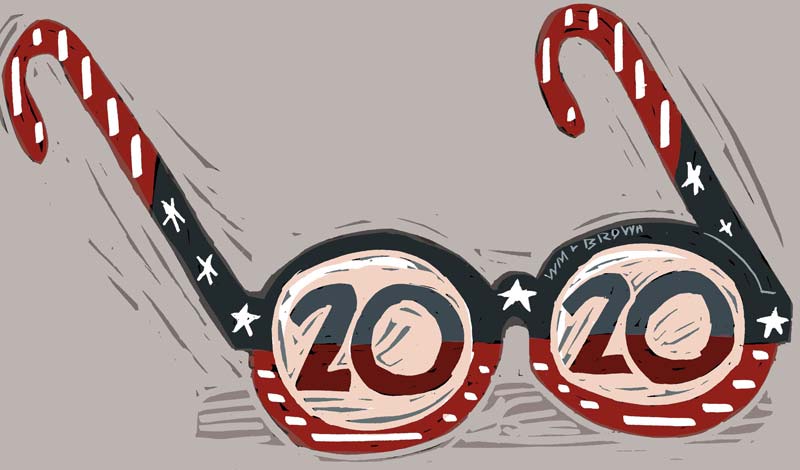
And we just got some good indicators.
Candidates generally drop out of a race for two main reasons: A lack of traction and a lack of funds to press on. Well, we've seen plenty of polls, and now we know where they stand financially, too. Second-quarter fundraising reports were due by midnight, and The Washington Post's Michelle Ye Hee Lee and Anu Narayanswamy recap the key numbers here.
As a supplement, below are some of the candidates' whose finances and poll numbers don't exactly project staying power. (And for what it's worth, Rep. Eric Swalwell of California recently became the first well-known candidate to drop out.)
1. Kirsten Gillibrand
No candidate, apart from arguably self-funding long-shot John Delaney, has spent so much money and has so little to show for it. The senator from New York has spent more than $6.6 million but is under 1% in most polls. She also had the highest burn rate in the second quarter, spending about 183% of what she brought in.
The good news for Gillibrand is she still has more than $8 million cash on hand - the sixth-most in the field. But that's only because she was able to transfer $9.6 million in unused funds from her Senate campaign committee this year. And given that her fundraising ($2.2 million) ranked 13th in the second quarter, it's not like she's going to be replenishing that quickly.
2. Beto O'Rourke
While Gillibrand has never really caught on, O'Rourke at least had his moment. The problem is it lasted about 24 hours. The much-heralded near miss Senate candidate raised $6.1 million in his first day as a presidential candidate. In the three and a half months since then, though? About $7 million combined, including just $3.6 million in the second quarter.
That's not chump change, but it does suggest he benefited greatly from his existing donor list, after setting records for Senate fundraising during his 2018 loss to Republican Sen. Ted Cruz. The former Texas congressman also had the second-highest burn rate (142%) in the second quarter, after Gillibrand. And he's dropped from as high as double digits in some early polls to an average of less than 3% after a poor first debate.
Like Gillibrand, he's got a good amount of cash left ($5.2 million), but the trajectory is not looking good.
3. John Hickenlooper
The former Colorado governor's total raised for the second quarter ($1.1 million) ranked 18th - behind Montana Gov. Steve Bullock and Rep. Seth Moulton (Mass.), who didn't qualify for the first debate, and even behind author Marianne Williamson. He also had less than $1 million cash on hand thanks to a burn rate that was ranked third behind O'Rourke's (142%). For a guy who has been talked up as a potential presidential contender for years, that's awful.
In fact, Hickenlooper raised even less in the second quarter than two Democratic Senate candidates in his home state of Colorado. That's a race Hickenlooper's own staff are reportedly telling him he should abandon his presidential ambitions for.
That doesn't seem like terrible advice at this point - though there's no guarantee Hickenlooper, who has run to the middle in the presidential race, would even clear the field. He has plenty of time to make the switch if he wants, but the longer he waits, the tougher that race might be.
4. Seth Moulton
The congressman from Massachusetts may have bested Hickenlooper's total in the second quarter, but that's almost completely because of a $685,000 transfer from his House campaign committee. And without that, he would be basically penniless; he has just $724,000 cash on hand.
He's also in an even tougher spot than Hickenlooper. That's because he hasn't qualified for this month's debate - either by getting 65,000 donors or by polling at 1% or more in three qualifying polls. Thus far, he doesn't even have one qualifying poll.
5. John Delaney
The self-funding former congressman from Maryland has spent nearly $10 million after launching his campaign during the last election cycle - more than all but five candidates, and almost all of it from out of his own pocket. And he would seem to have more where that came from, making him less likely to drop out any time soon.
But at some point, no matter how wealthy you are, you have to wonder when you're tossing good money after bad. He's at less than 1% nationally, and despite a heavy focus on Iowa, he's at just 1 to 2% in every poll there.
Sign up for the daily JWR update. It's free. Just click here.
(COMMENT, BELOW)


 Contact The Editor
Contact The Editor
 Articles By This Author
Articles By This Author